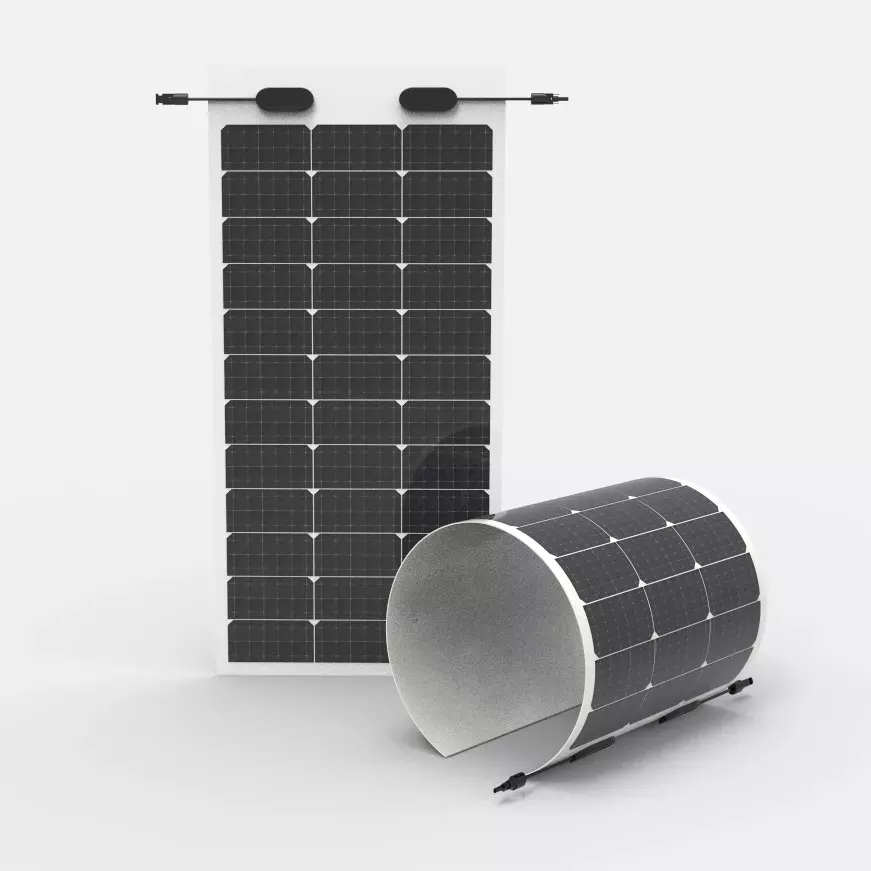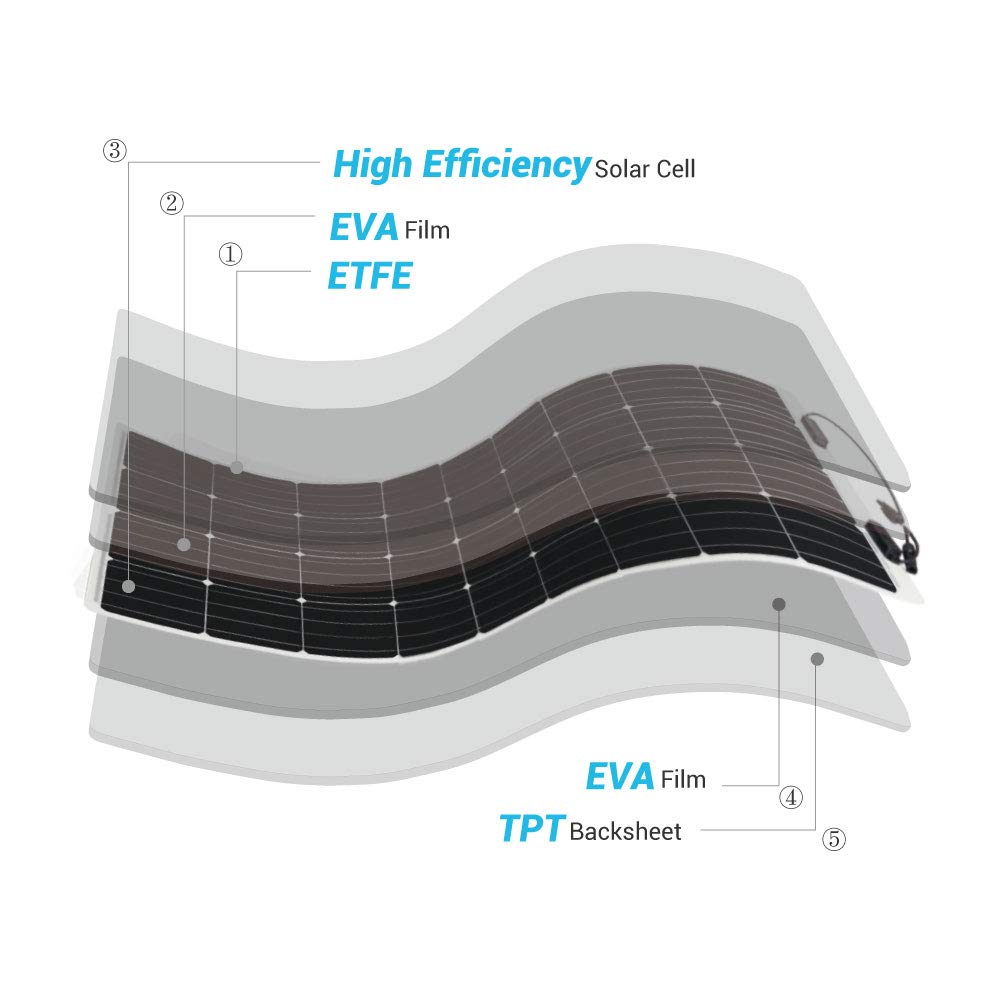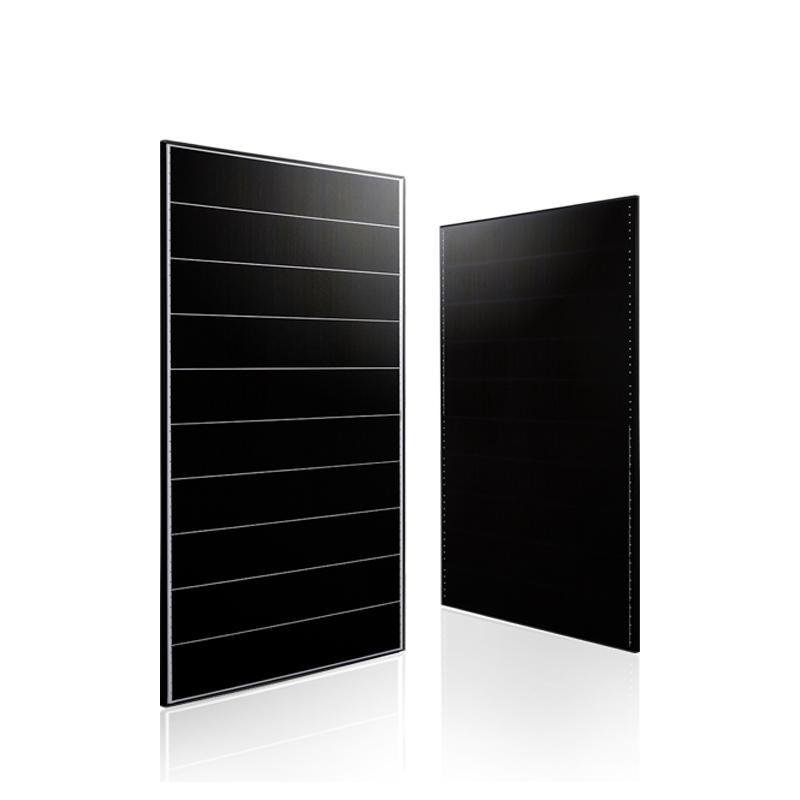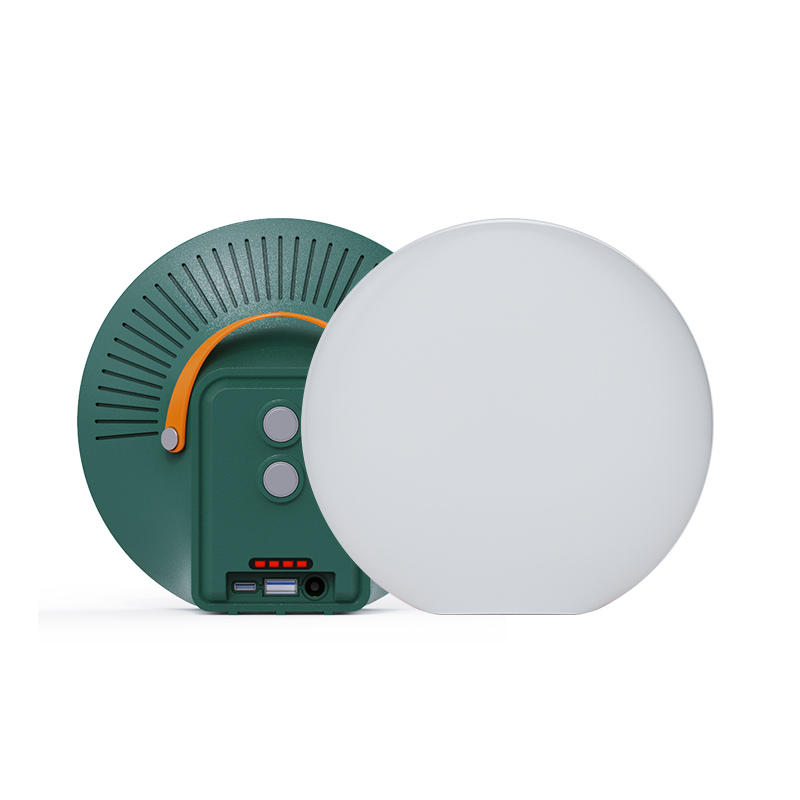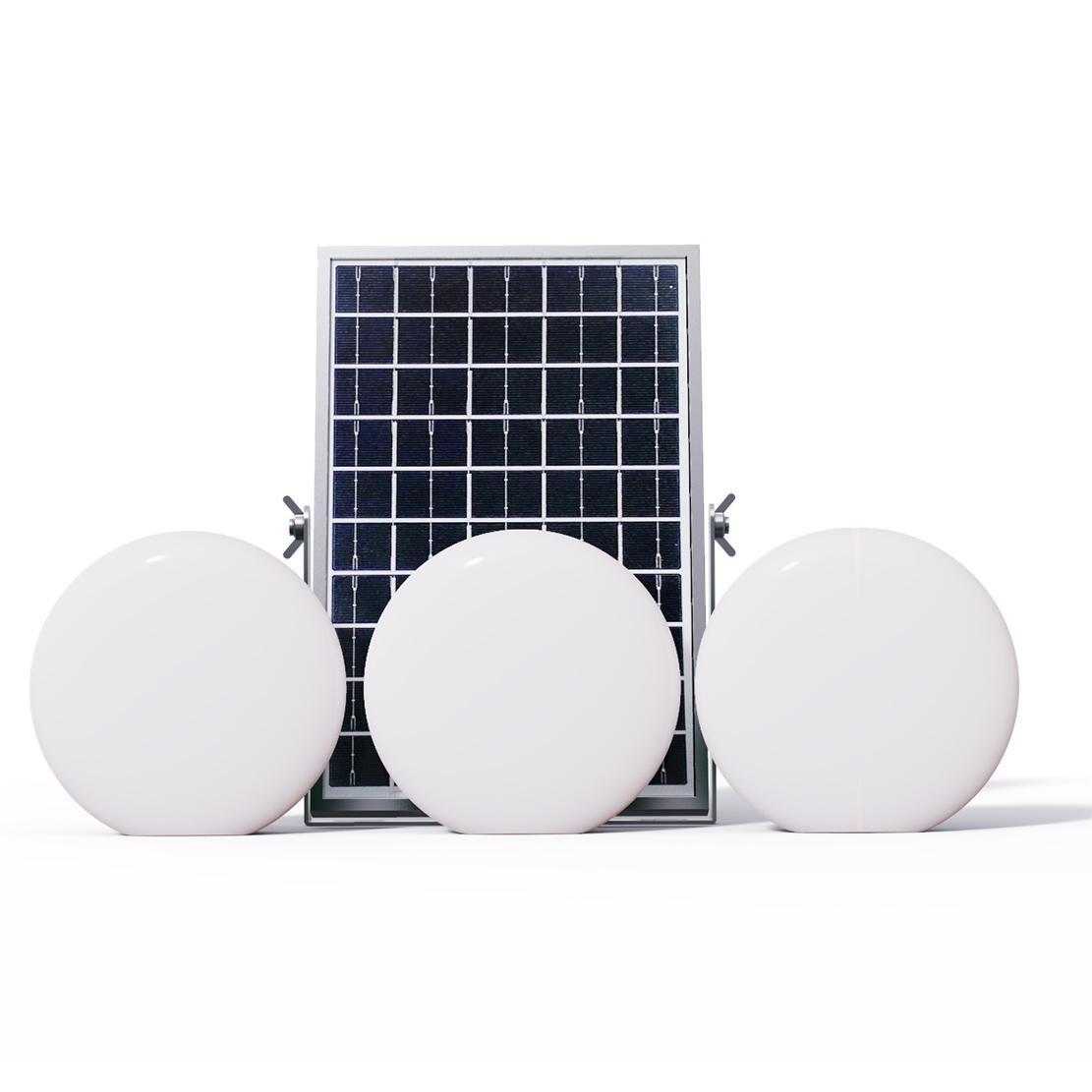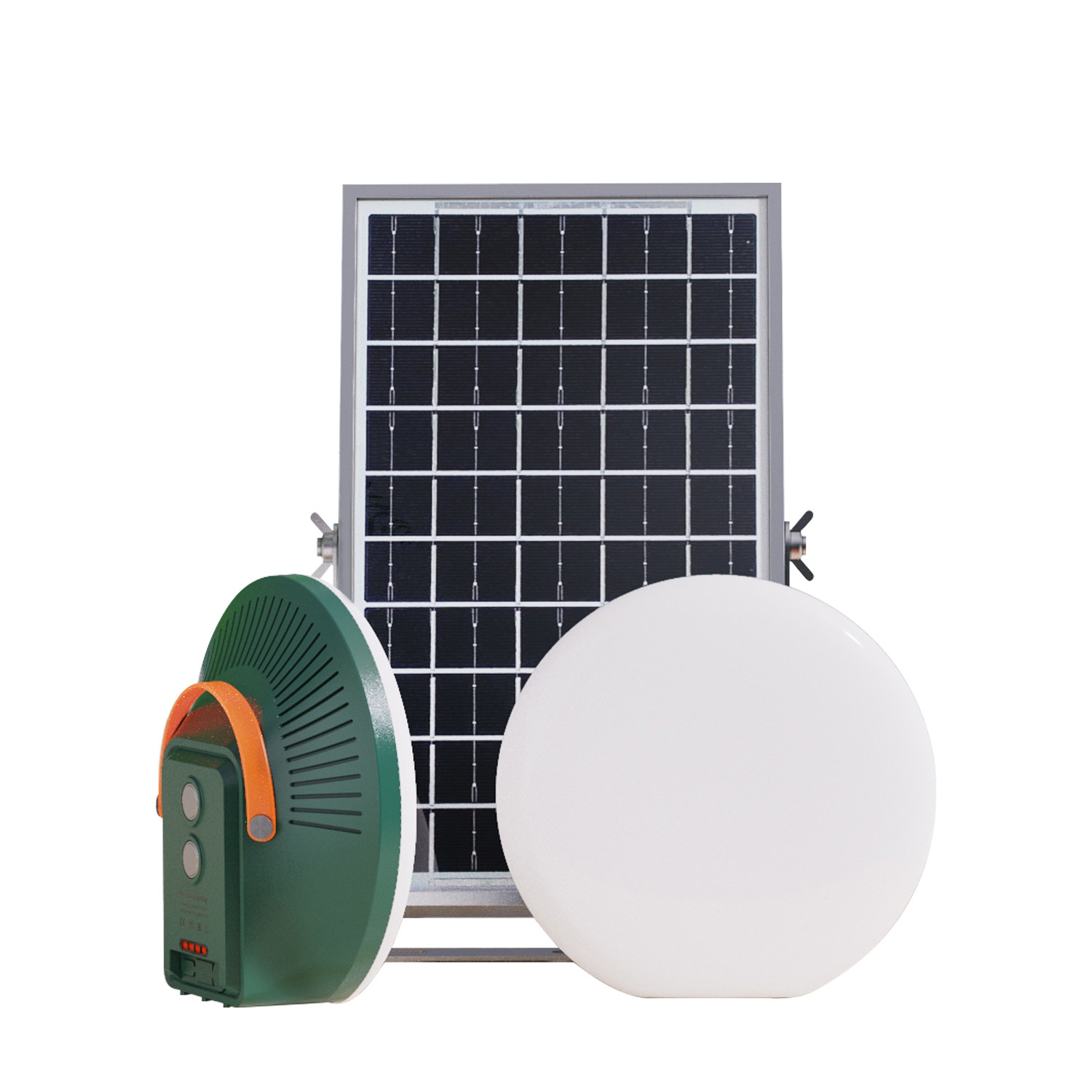Solar panel roof mounting systems are critical components in solar energy installations, providing the necessary support and orientation for photovoltaic (PV) panels. Choosing the right mounting system is essential for maximizing energy production, ensuring durability, and integrating seamlessly with different roof types.
In this article, we will explore the various types of solar panel roof mounting systems, compare their features, and discuss factors to consider when selecting the best system for your solar project.
Types of Solar Panel Roof Mounting Systems
Fixed Mounting Systems
Fixed mounting systems are the most common and cost-effective option for residential and commercial installations. These systems securely hold solar panels in a fixed position parallel to the roof surface. Fixed mounts are ideal for roofs with ample sunlight exposure throughout the day and minimal shading.
Benefits of fixed mounting systems include simplicity of design, lower installation costs, and reliability. They are suitable for most roof types, including pitched and flat roofs.
Adjustable/Tilted Mounting Systems
Adjustable or tilted mounting systems allow for flexibility in panel orientation, optimizing solar panel tilt angles to maximize energy production. These systems are beneficial in regions with seasonal sunlight variations or roofs that are not ideally oriented toward the sun.
Adjustable mounts can be manually or automatically adjusted to achieve optimal tilt angles, improving energy capture during different seasons. They are popular for residential and small commercial installations.
Tracking Mounting Systems
Tracking mounting systems dynamically follows the sun's path throughout the day, maximizing solar exposure and energy production. These systems can be single-axis (east-west tracking) or dual-axis (azimuth and elevation tracking).
While tracking systems offer the highest energy efficiency, they are more complex and costly to install compared to fixed or adjustable systems. They are commonly used in utility-scale solar projects where maximum energy output is critical.
Comparative Analysis of Mounting System Factors
When comparing solar panel roof mounting systems, several factors should be considered:
Installation Complexity and Cost: Fixed systems are the simplest and most affordable to install, while tracking systems require more expertise and investment.
Durability and Maintenance: Fixed mounting systems are generally low-maintenance and durable due to their static nature. Adjustable and tracking systems may require periodic maintenance to ensure proper functionality.
Energy Efficiency and Performance: Tracking systems offer the highest energy efficiency by optimizing panel orientation. However, fixed and adjustable systems can also perform well depending on sunlight exposure and tilt angle.
Aesthetics and Integration: Fixed mounting systems are often preferred for residential installations due to their sleek and integrated appearance. Adjustable and tracking systems may be more noticeable but offer superior performance.
Adaptability to Various Roof Types: Different mounting systems are suitable for different roof types (pitched, flat, etc.). It's essential to choose a system that aligns with your roof's characteristics.
Case Studies and Real-Life Applications
To illustrate the effectiveness of different mounting systems, let's consider some real-life examples:
Residential Installation: A fixed mounting system was used on a south-facing pitched roof in a sunny region. This cost-effective solution provided optimal energy production without the need for complex adjustments.
Commercial Installation: An adjustable mounting system was installed on a flat roof of a commercial building. This allowed for seasonal tilt adjustments, maximizing energy output throughout the year.
Utility-Scale Installation: A dual-axis tracking system was deployed in a utility-scale solar farm. Despite higher initial costs, the tracking system significantly increased energy yield, justifying the investment.
The Best Roof Mounting Solar Panel Systems
The Shingled Mono 200w Module (Model: GR200W) is a cutting-edge solar panel designed to excel in challenging environmental conditions while maximizing energy production. Unlike conventional solar modules, this product features an innovative shingled design that eliminates gaps between solar cells and removes metallic busbars, resulting in increased surface area and enhanced light absorption.
Key Features
Extreme Environmental Durability: This module is engineered to withstand harsh conditions, including high salt mist and ammonia, making it ideal for coastal or agricultural environments.
Enhanced Efficiency: With over 210 solar cells and a shingled design, this module achieves higher transfer efficiency, ensuring optimal power generation even in shadowed areas. The special cell and module design minimizes power loss caused by shadows.
Reduced Hot Spot Loss: The module exhibits strong resistance to hot spots due to lower internal current, reducing the risk of localized overheating and potential damage.
The Shingled Mono 200w Module (GR200W) offers unmatched durability and performance in extreme conditions, superior efficiency with its innovative shingled cell technology, and reduced hot spot risk compared to conventional modules. For those seeking reliable solar solutions with enhanced efficiency and durability, the Shingled Mono 200w Module is highly recommended.
Conclusion
Selecting the best solar panel roof mounting system depends on specific project requirements and goals. For most residential applications, a fixed or adjustable mounting system is cost-effective and efficient. Commercial projects may benefit from adjustable systems to optimize energy production.
In conclusion, solar panel roof mounting systems play a crucial role in the success of solar energy installations. By understanding the different types and their features, you can make informed decisions to maximize the performance and longevity of your solar project.

